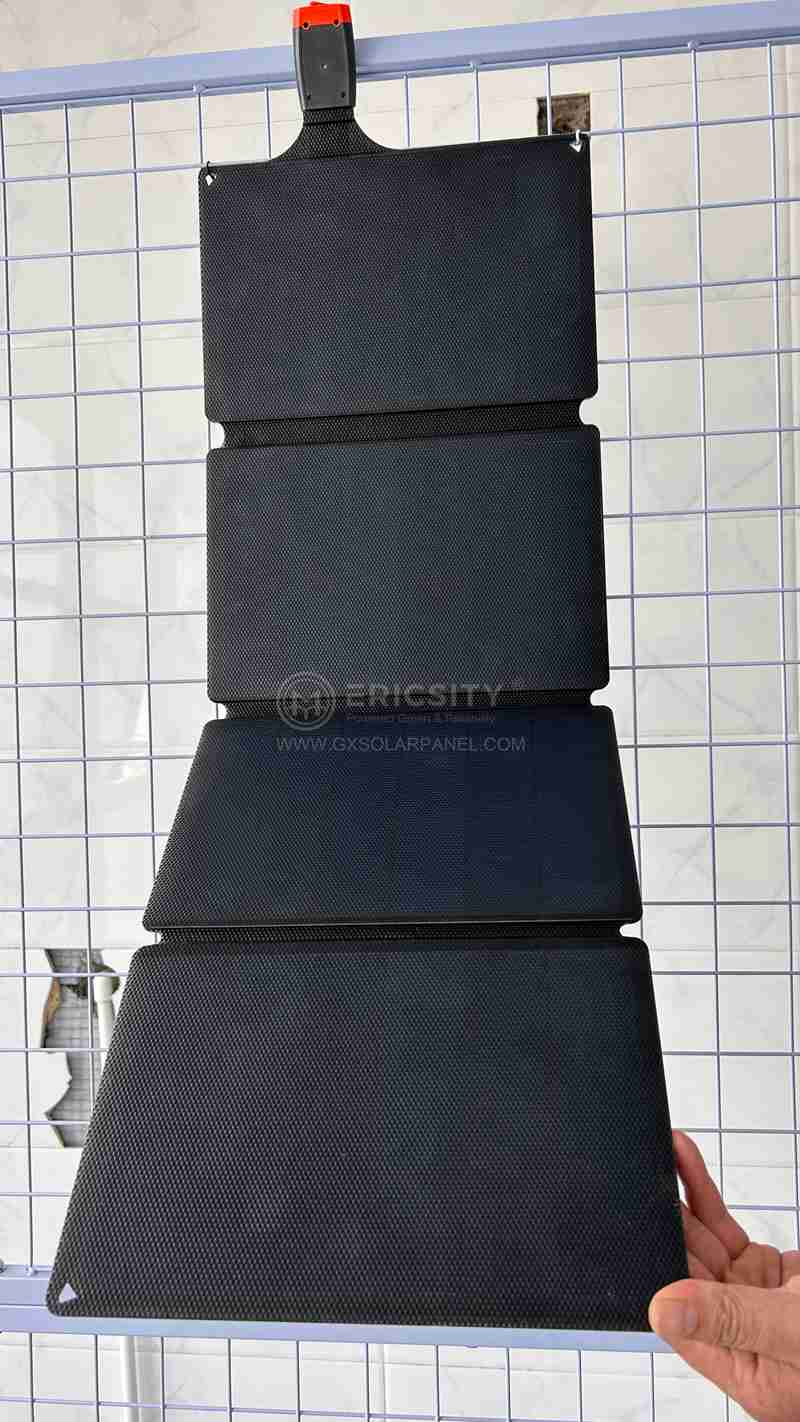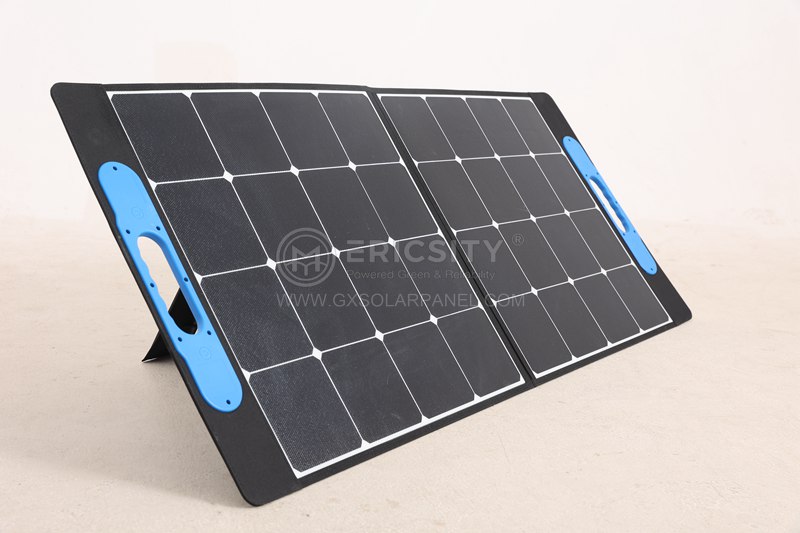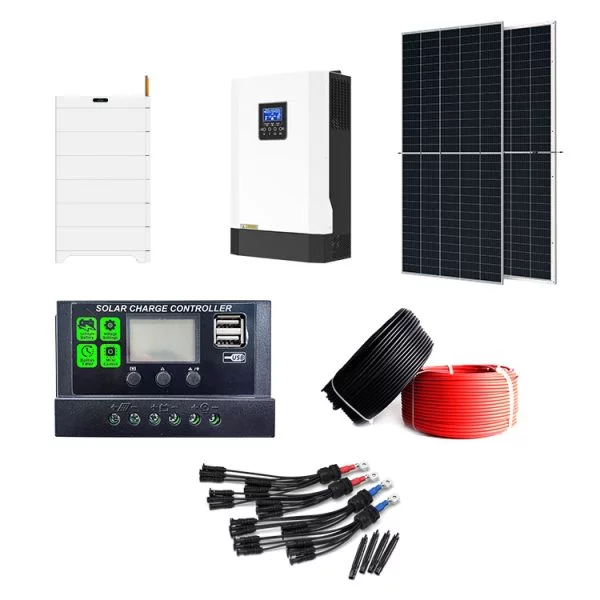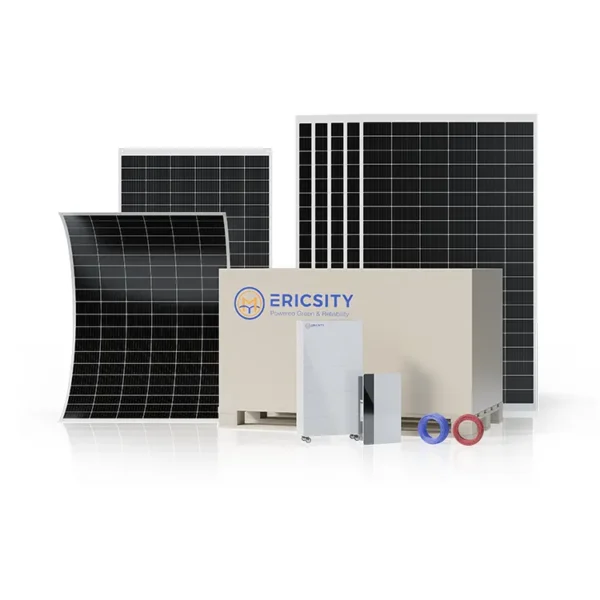HOT PRODUCT
Product Details
3kv Solar Panel Price Trends: A Look Into The Future
Title: 3kW Solar Panel Price Trends: A Look Into The Future
Introduction:
Solar energy has witnessed exponential growth over the past decade, with solar panels becoming a popular choice for residential and commercial applications. As technology advances, solar panels are becoming more efficient and affordable, making solar energy an attractive option for many. In this article, we will explore the current trends and future projections regarding the prices of 3kW solar panels, providing valuable insights into the future of solar energy.
1. Current Market Scenario:
The global solar panel market has experienced significant growth in recent years, primarily driven by increased installations, government incentives, and declining production costs. The average price of solar panels has dropped by approximately 70% since 2010, making solar energy more cost-effective than ever before. The 3kW solar panel system, commonly installed in residential settings, has also witnessed a decline in prices due to higher production volumes and economies of scale.
2. Technological Advancements and Price Reductions:
Technological advancements play a crucial role in reducing solar panel prices. The efficiency of solar panels has improved significantly, allowing for the generation of more electricity from a smaller surface area. Additionally, manufacturers are investing in research and development to enhance production processes and materials, resulting in higher yields and lower costs.
3. Factors Influencing Future Price Trends:
a) Increased Demand: The demand for solar panels is anticipated to rise as more countries and communities transition towards cleaner and more sustainable energy sources. This increased demand will create a competitive market environment, encouraging manufacturers to further reduce prices to remain competitive.

b) Material Costs: The price of solar panels largely depends on the cost of raw materials, primarily silicon. As silicon production improves and becomes more efficient, the overall cost of solar panels is expected to decrease. Additionally, the exploration of alternative materials and technologies may further reduce the material expenses associated with solar panel manufacturing.
c) Government Policies and Incentives: Government policies and incentives have played a significant role in promoting solar energy adoption. Continued governmental support in terms of tax credits, grants, and subsidies can further stimulate market growth and lead to price reductions in the future.

d) Economy of Scale: As the solar industry expands, economies of scale will come into play, leading to reduced production costs. Higher production volumes enable manufacturers to negotiate better deals with suppliers and streamline manufacturing processes, resulting in cost savings that can be passed on to consumers.
4. Future Price Projections:
While accurate price projections are challenging due to various market factors, it is predicted that the prices of 3kW solar panels will continue to decrease. Technological advancements, increased competition, and supportive government policies are likely to act as driving forces behind the price reduction. Industry experts believe that solar panel costs may decrease by an additional 15-25% over the next few years, making solar energy even more accessible and financially viable.

5. Benefits and Considerations:

Investing in a 3kW solar panel system offers numerous benefits. It not only helps homeowners and businesses reduce their carbon footprint and dependence on non-renewable energy sources but also provides long-term cost savings through lower electricity bills and potential revenue generation through feed-in tariffs. However, it is essential to consider factors such as geographical location, solar potential, installation costs, and available incentives before making a decision.
Conclusion:
As solar energy gains momentum worldwide, the prices of 3kW solar panels are expected to witness a continued decline. Technological advancements, increased demand, supportive government policies, and economies of scale are all contributing to this trend. Investing in solar energy not only contributes to a cleaner environment but also offers significant long-term financial benefits. By keeping a close eye on market trends and understanding the factors influencing prices, individuals and businesses can make informed decisions about embracing solar energy for a sustainable future.




